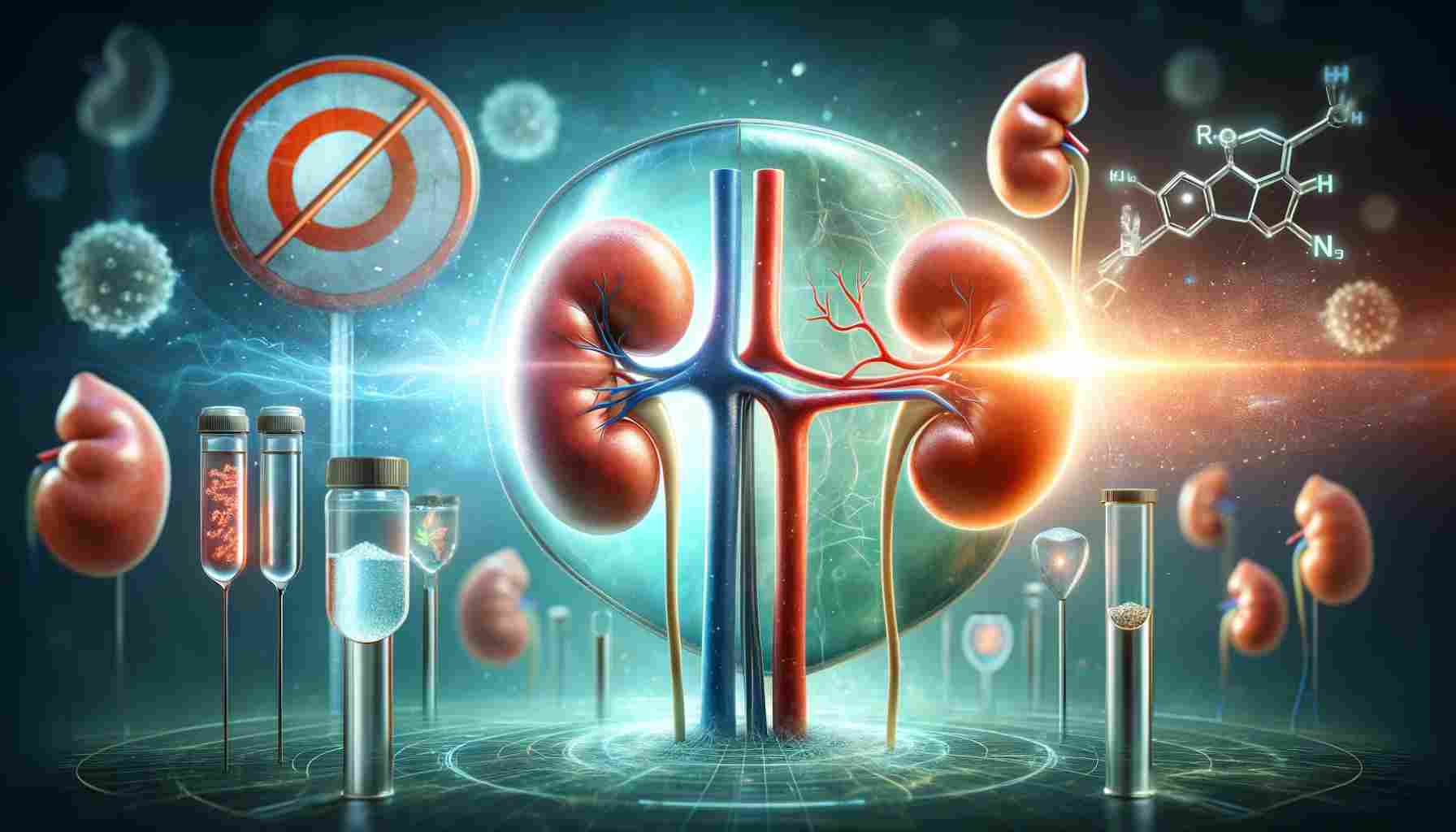A Promising Leap in Chronic Kidney Disease Treatment: The Potential of Aldosterone Synthase Inhibition
Chronic kidney disease (CKD) is a silent yet pervasive health issue that affects a significant portion of the global population. In a recent groundbreaking phase 2 clinical trial, researchers have made a promising discovery that could change the way CKD is treated. The study, published in The Lancet, focused on the efficacy and safety of an aldosterone synthase inhibitor, BI 690517, in treating CKD, offering a ray of hope for those suffering from this debilitating condition.
Aldosterone, a hormone known to accelerate the progression of CKD, became the target of this innovative study. The researchers aimed to assess whether inhibiting the production of aldosterone could provide therapeutic benefits in CKD management. The trial was multinational, randomized, and controlled, ensuring a diverse and comprehensive participant group. It included individuals aged 18 years or older who had an estimated glomerular filtration rate (eGFR) of 30 to less than 90 mL/min/1·73 m² and a urine albumin to creatinine ratio (UACR) of 200 to less than 5000 mg/g. All participants were already on an angiotensin-converting enzyme inhibitor or angiotensin receptor blocker, standard treatments for CKD.
The study design was meticulous and two-fold. Initially, participants underwent an 8-week run-in period where they were given either empagliflozin, a medication commonly used in diabetes treatment, or a placebo. Following this, they were randomly assigned to 14 weeks of treatment with varying doses of BI 690517 or a placebo. The double-blind nature of the study, where neither the participants nor the researchers knew who received the actual drug or the placebo, added to the reliability of the results.
The findings of the study were encouraging. BI 690517 demonstrated a significant reduction in proteinuria, as evidenced by the percentage change in first morning void UACR from baseline to the end of treatment at week 14. The drug was tested at doses of 3 mg, 10 mg, and 20 mg, with the higher doses showing more substantial reductions in albuminuria. Notably, BI 690517 was effective both as a monotherapy and when added to empagliflozin, suggesting its potential as a versatile addition to existing CKD treatments.
Safety is a paramount concern in any clinical trial, and BI 690517 was found to be generally safe. However, some participants experienced hyperkalemia, a condition characterized by elevated potassium levels in the blood. Adrenal insufficiency was also reported in a small percentage of participants, but no treatment-related deaths occurred during the study. These findings suggest that while BI 690517 is a promising candidate for CKD treatment, careful monitoring for these side effects would be necessary.
The study’s implications are far-reaching. By demonstrating that BI 690517 can effectively reduce albuminuria in CKD patients, it opens up new avenues for treatment. The drug’s ability to work in conjunction with existing medications like empagliflozin also points to its potential for integration into current treatment regimens. This is particularly significant given the chronic nature of CKD and the need for long-term management strategies.
In conclusion, the phase 2 trial of BI 690517 marks a significant advancement in the fight against CKD. Its ability to inhibit aldosterone synthase and reduce albuminuria offers new hope for patients struggling with this chronic condition. While further research and larger-scale trials are necessary to fully understand its efficacy and safety profile, BI 690517 stands out as a promising new tool in the nephrologist’s arsenal. As the global burden of CKD continues to rise, such innovations are not just welcome but necessary to improve the quality of life for millions affected by this disease.

